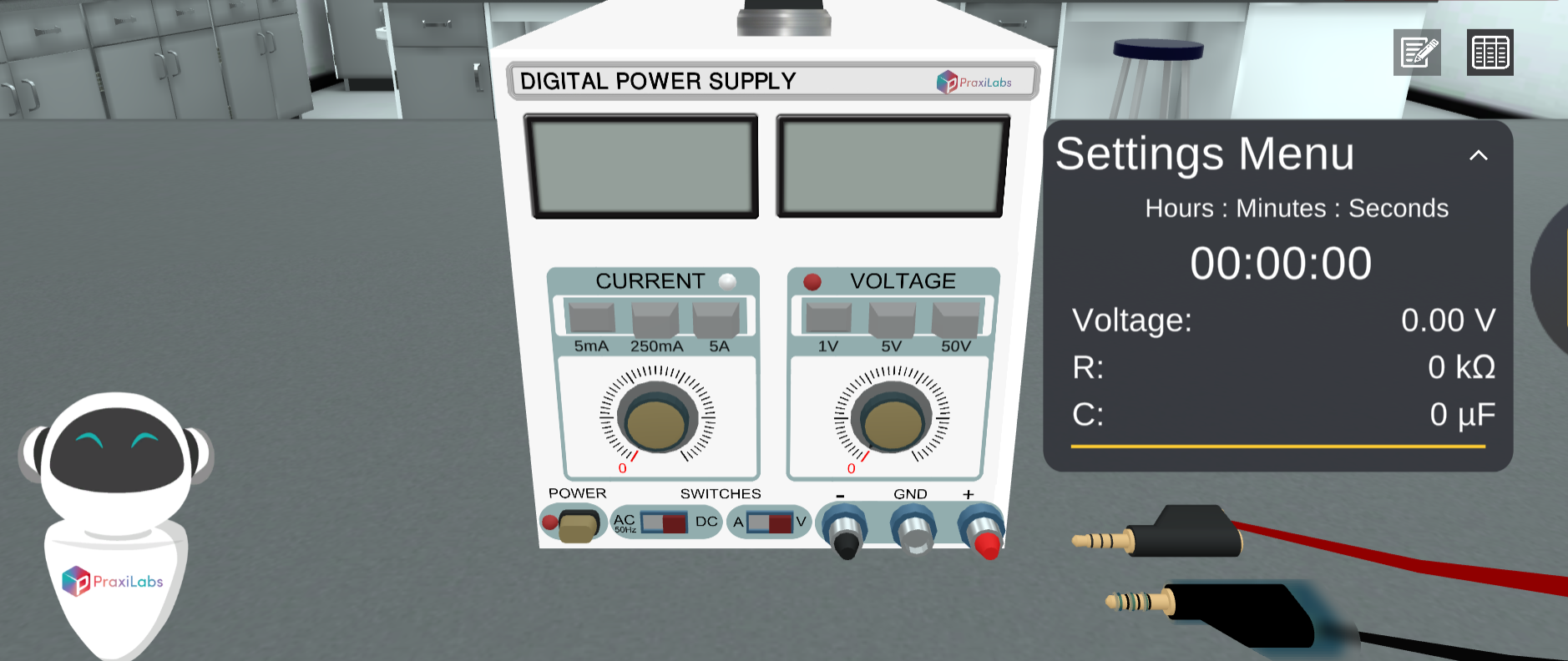





2.5M+
Active Users Worldwide
80%
Improved Learning Retention
60%
Reduction in Laboratory Costs
1- Study the variation of discharge voltage of capacitor with time using capacitor discharge simulation
2- Determine the time constant τ
3- Determine the experimental value of the capacitance of capacitor C
4- Calculate the percentage error for capacitance
Discharge capacitor (decrease of voltage with time ) through RC circuit discharge
By the end of capacitor discharge simulation, the student should be able to:
At capacitor discharge simulation:




